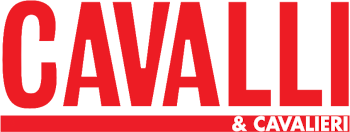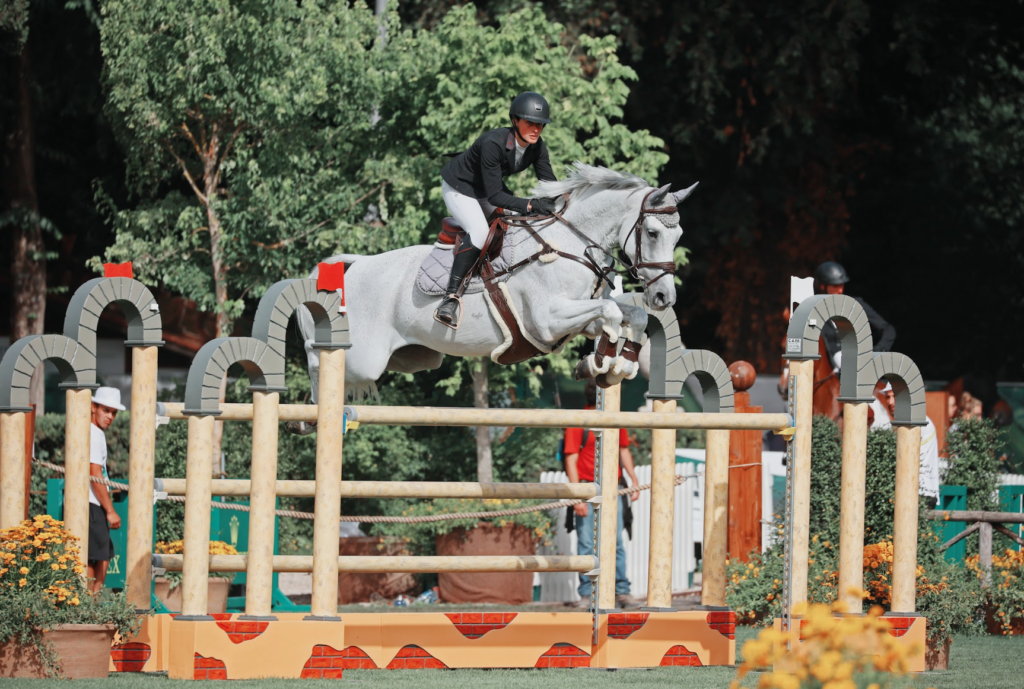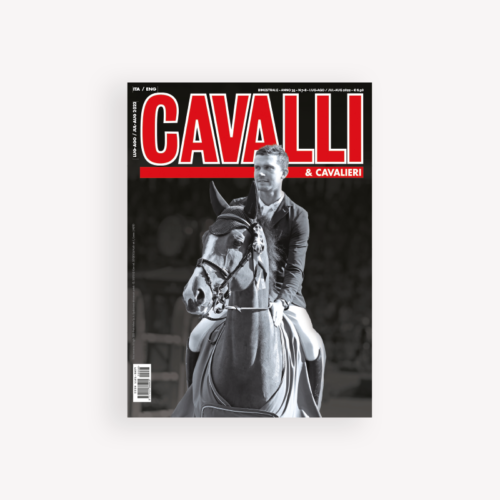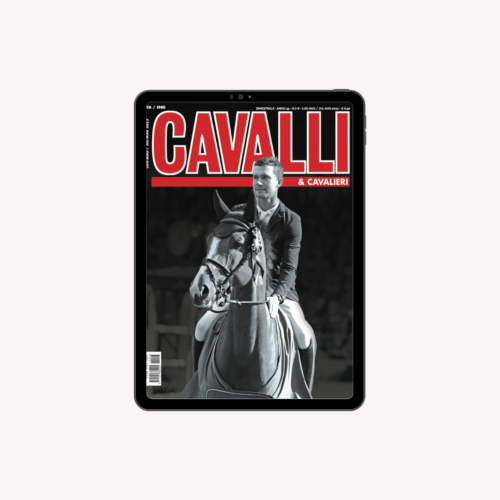by Mauro Checcoli
I was eighteen years old and full of enthusiasm when I first arrived to ride and be taught by my great ‘Maestro’ Fabio Mangilli. I had practiced athletics and played basketball for years and was sure I was ready and quite knowledgeable… I had already competed in a lot of shows, riding many different horses. I had jumped large tracks with important opponents such as the legendary D’Inzeo brothers, Mancinelli, Oppes, Giulia Serventi, Capuzzo and many other officers…
Well, I thought I was well on my way! The result?
One of the very first times he saw me on a horse, Mangilli told me I didn’t know how to trot!! He said I looked like a beginner!! At the time I was offended, but the comment was followed by rational and scientific reasons, and his instructions that were essential for cantering and jumping fast.
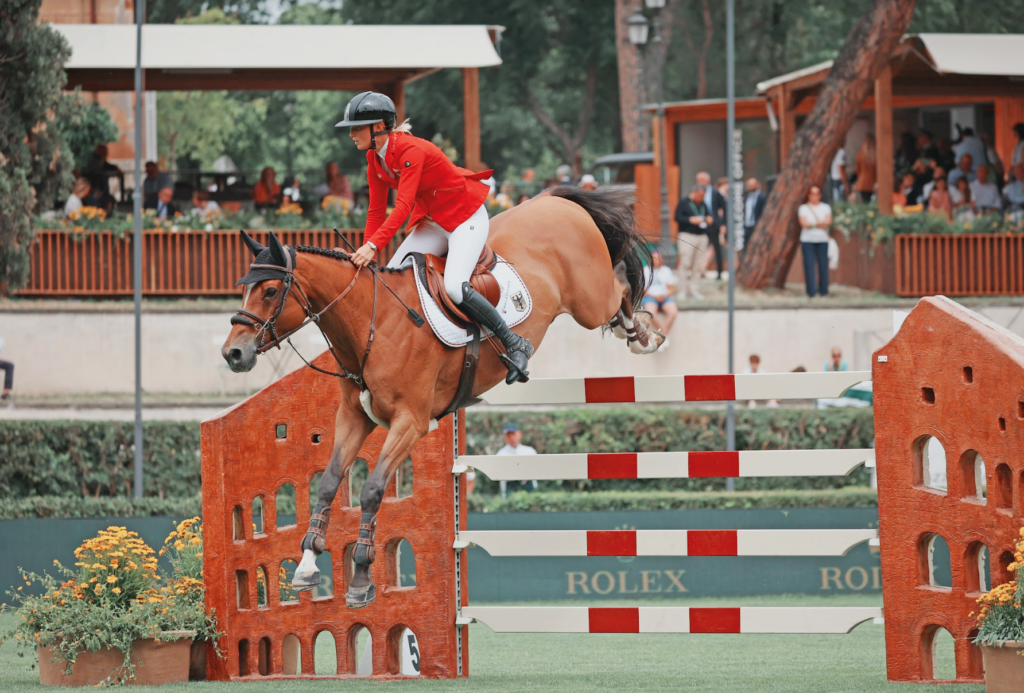
He taught me to be ‘in’ the horse, to have a deep seat, with my weight on my stirrups and never on my buttocks. He made me push down my heels, releasing my ankles and calves; he taught me to feel my own body and be in touch with the horse’s flanks with my heels and calves. He obliged me to think of myself as part of the horse, begging me to never use strength or muscles to obtain full compliance. He explained that horses can sense and understand even the smallest movement we make expressing our intentions, that they always wait for our signals just like great sporting companions…
Well, I started to understand something about riding!
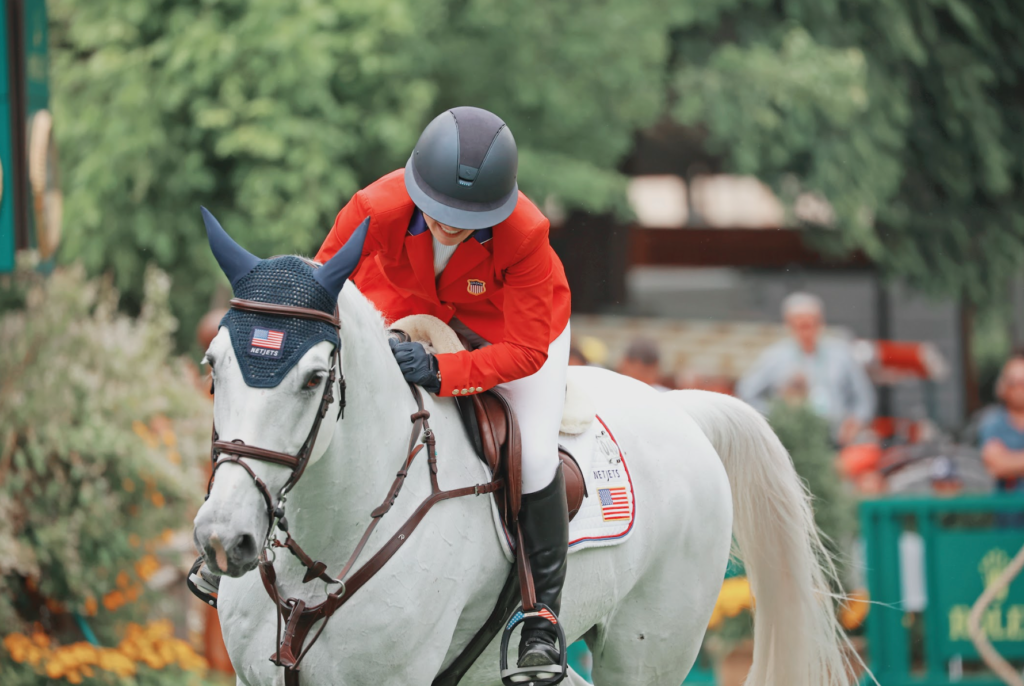
Then came grid work; tests to see whether or not we had understood; jumps at a trot and with our hands on our hips, small jumps taken at a walk (an exercise I later saw De Nemethy use with American champion riders Kusner, Steinkraus, Morris, etc.). Hours on horseback without a saddle.
In the end I understood that one rides with an ever-active mind and not with our muscles.
I had understood that so as to win one had to be fast, the fastest!
And I understood that so as to be fast one must never be hard on the horse’s mouth, because every interference is a waste of those few one hundredths of a second that make all the difference between winning and losing.
Furthermore, there are times at which on every show jumping or cross- country course one needs to take action, not to pull back, but to provide energy, courage, to help while making an effort and in deciding how to address a difficulty. One needs to ‘use one’s legs’ as they say. ‘Using your legs is extremely important and can be decisive and this has often happened to me, luckily with success.
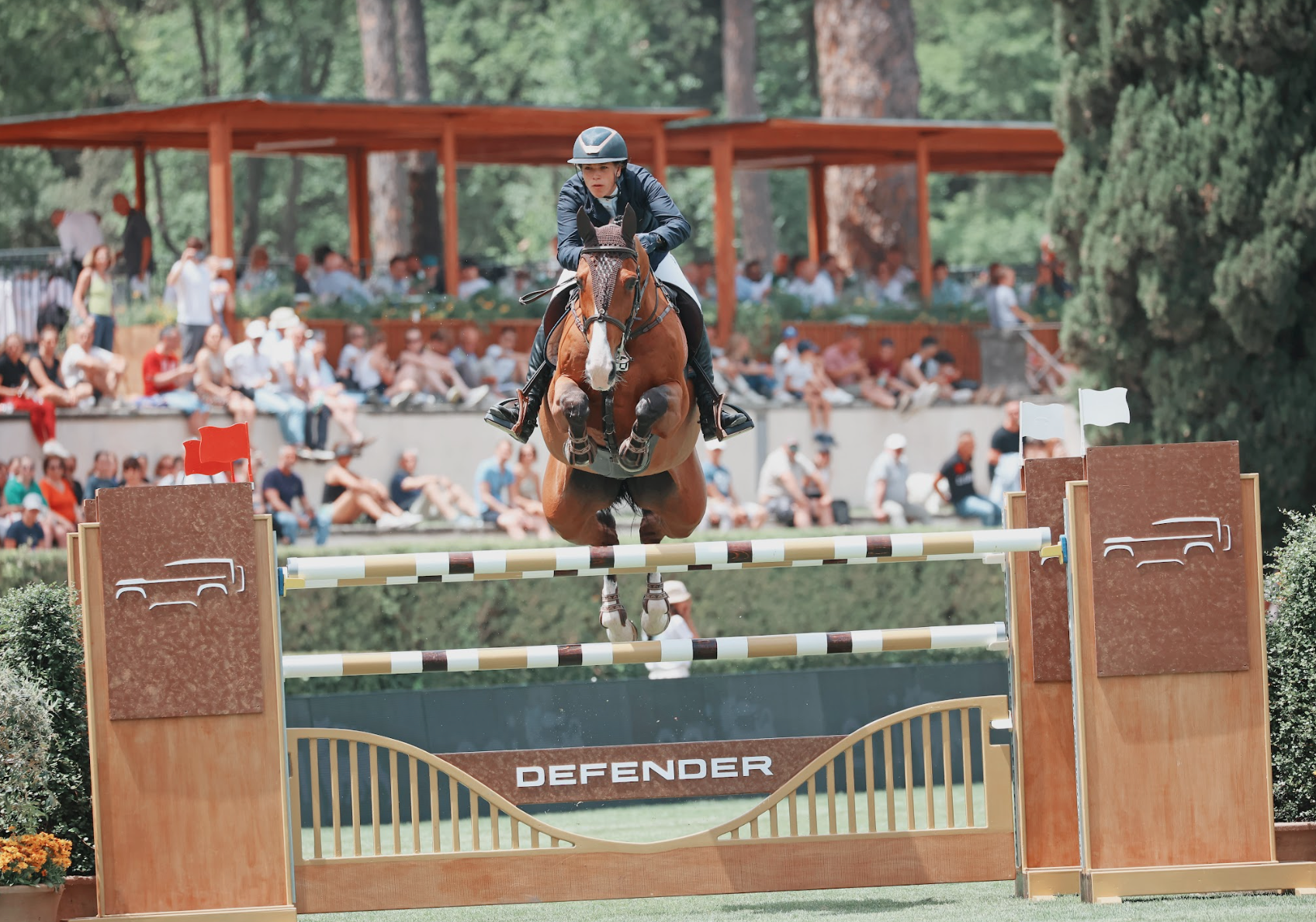
So that is what Mangilli patiently taught me after watching one of my clumsy attempts at a show that did not go well. So as to ‘use our legs’ we instinctively sit back in the saddle and start to apply pressure raising our heels, as if trying to grab our stirrups and agitate our legs and often also our hands: it is our legacy at work! What are we telling the horse with these gestures?
So as to ‘use our legs’ we instinctively sit back in the saddle and start to apply pressure raising our heels, as if trying to grab our stirrups and agitate our legs and often also our hands: it is our legacy at work! What are we telling the horse with these gestures?
‘Come on, you go ahead and then I’ll follow…’
The correct way to ‘use one’s legs’ is another; we must move our pelvis further forward (and hence the barycentre too), also moving closer to the saddle’s pommel; lower even more our knees and heels, activating our heels to touch the horse with a ‘forward to back’ movement without raising them. At the same time we must not move our hands, keeping contact with the horse’s mouth and continuing to move in the direction we have chosen.
The correct way to ‘use one’s legs’ is another; we must move our pelvis further forward (and hence the barycentre too), also moving closer to the saddle’s pommel; lower even more our knees and heels, activating our heels to touch the horse with a ‘forward to back’ movement without raising them. At the same time we must not move our hands, keeping contact with the horse’s mouth and continuing to move in the direction we have chosen.
What does all this mean? It tells the horse: ‘We have a problem, but I’ll go ahead, over the jump; come and follow me!’
As you see there is a huge difference! And it works!
